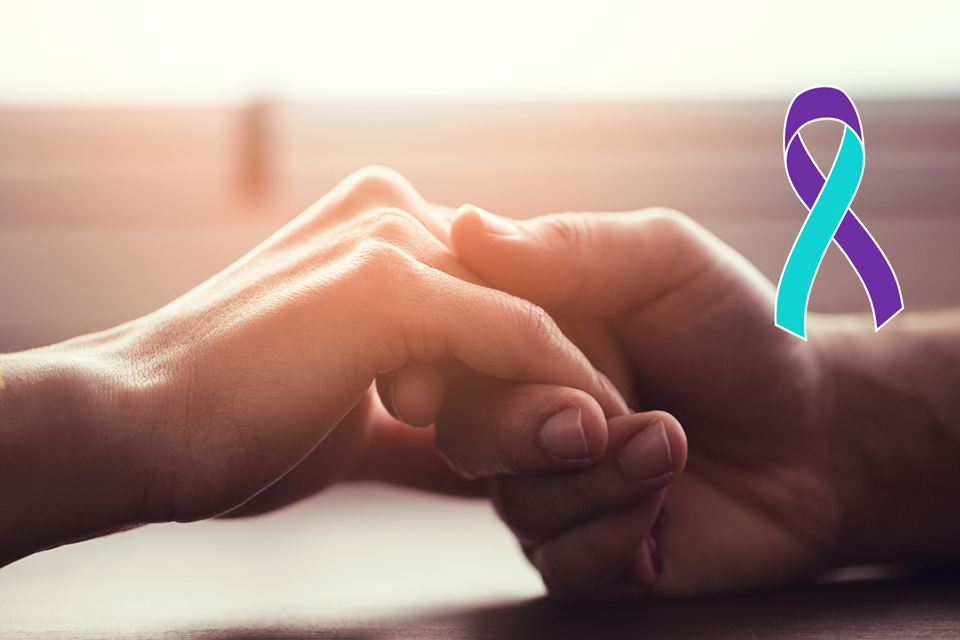Suicide is a silent killer, leaving as many as 700,000 dead each year globally. This chilling statistic makes it imperative that we improve our entire approach to suicide prevention. A better grasp on suicide prevention can help friends, family, colleagues, strangers and individuals care for each other better. Let’s take a closer look at the role of self-care in suicide prevention and how we can show up for our communities to limit the ravaging behemoth that suicide represents.

The Crucial Role of Suicide Prevention
First things first, we need to raise awareness of suicide occurrences and remove it from the lexicon of taboo matters. Suicide is a topic that often gets swept under the rug, which limits the efforts caregivers expend to prevent it and manage its root causes. Suicides devastate families and friend groups, not to mention the sheer amount of turmoil and loss that suicidal people feel and the pain they experience. If we keep silent, it only worsens, and more people get hurt. More attention and civic education on the matter make it such that people know that there are ways in which to prevent suicides and help out instead of letting people suffer in silence.
Spotting the Red Flags: Risk Factors and Warning Signs
While it may be difficult to pinpoint someone’s breaking point, some risk factors can be identified and monitored. Keep an eye on people who have suffered at the hands of mental disorders such as depression and anxiety, as the diseases make them more likely for them to end their own lives. Some verbal cues and utterances also can be inferred sometimes to predate suicide attempts, such as a severely depressed person letting the people in their lives know how much they mean to them or stating that they have reached the end of their rope. People who suffered at the hands of trauma or substance abuse are also more likely than average to attempt their own lives, and those who have gone through intense life upheavals may need to be monitored by their friends and families, along with those in significant emotional distress.
Building Barriers: Protective Factors Against Suicide
Now that we know what to look for, how can we help mitigate the risk factors? A strong sense of community is the first step. We need to pull together and maintain strong social connections, constantly checking in on our loved ones. It doesn’t stop there, though, as people need to be given access to medical care and counselling to combat suicidal tendencies holistically. We can also make efforts to create safe spaces that allow people to come as they are without judgement, practice stress management, relax, and talk to other people who have overcome similar situations.
Conversations That Matter: Effective Communication Techniques
The tongue has the power of life and death, and how we speak to ourselves and others significantly impacts whether we are aware of the fact. Start the conversation and approach people you are worried about with compassion and non-judgmental language to let them know they are loved. Take some time and practice active listening when conversing with people; some often go unheard. Making others feel heard and also showing them how to be gentle with themselves as you are gentle with them can go a long way in alleviating suicidal tendencies.
The Experts’ Role: Navigating Professional Help
It may get to a point where your individual or communal support doesn’t quite cut it when trying to assist suicidal people. Mental health professionals are trained specialists who can suicidal individuals. It is not a concession to seek professional help from a therapist, counsellor or psychiatrist. In the same way, people visit hospitals to get their fractured bones looked at by orthopedic surgeons, suicidal people need professional input. Often, specialists will uncover underlying reasons for their condition and treat this in addition to the symptoms. They are a resource that should always be available as an option for those struggling.
While not exhaustive, this guide arms people with invaluable skills and awareness that can make a big difference in their lives.

